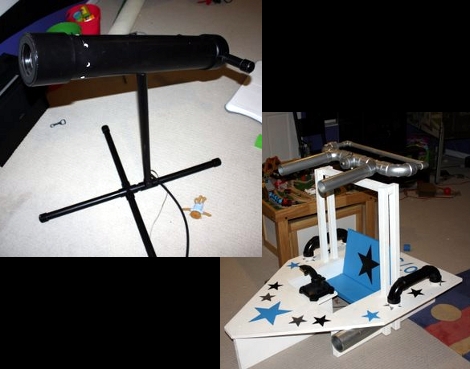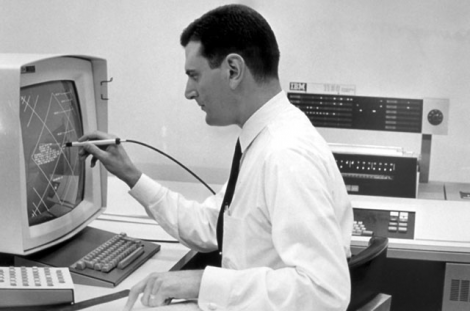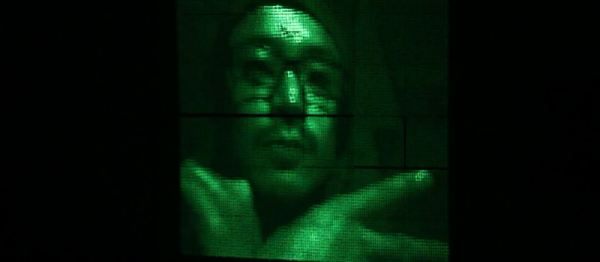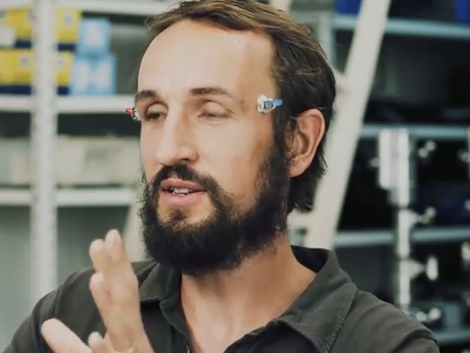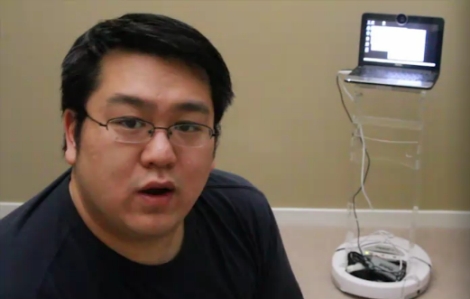
[Johnny Chung Lee], having recently moved from Seattle to Mountain View, wanted a way to keep in touch with his fiancé who would not be relocating for several more months. While most of us would likely consider purchasing a pair of web cams to keep in touch, he decided to do things his own way. Using an iRobot Create and a netbook, both about $250 apiece, he constructed a remote-controlled video chat robot that he can steer around his former abode from 1,000 miles away. While $500 might seem expensive at first, [Johnny] reminds us that commercial versions likely run into the thousands of dollars.
The whole setup is controlled using custom software to manage the movement of the robot, which can be used in conjunction with freely available videoconferencing applications, such as Skype. He also modified the iRobot’s charging station to charge both the robot and the netbook simultaneously – a process he explains, but precedes with several disclaimers. Like some of his previous projects we have covered, he has made the C# source used in this project available for download on his site, along with documentation for both the control software and dock modifications.
Check out video of the robot in action after the jump.


